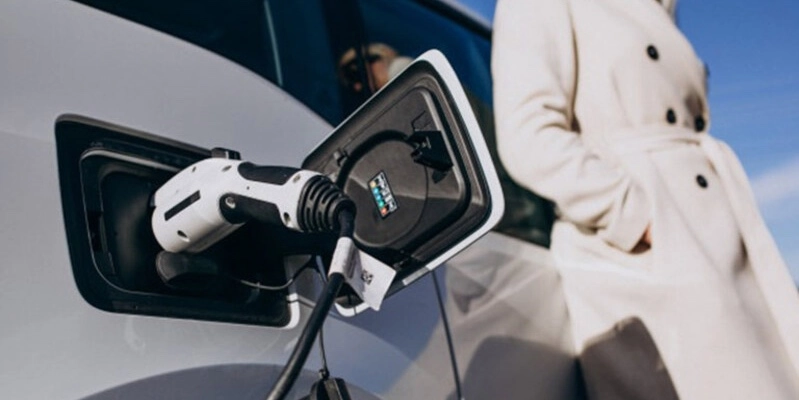The decarbonisation of road transport, which accounts for 25 per cent of the country’s greenhouse gas emissions, necessitates a substantial development of charging infrastructure.
However, the cost and slow recovery of these investments present a dilemma for petrol stations that must comply with Law 7/2021.
The General Director of Galindo S.A. Petrol Stations and Second Vice President of the Spanish Confederation of Petrol Station Entrepreneurs (CEEES), Nuria Lekue, stated to Mobility Portal España:
“The problem we have with all these alternative energies for mobility is that their supply requires very substantial investments that are not subsequently amortised.”
And she emphasizes: “ This is especially acute in the case of electromobility.”
Specifically, Lekue has a 100 kW CHAdeMO connector and three 180 kW Combo 2 connectors.
These have an average of 0.75 daily recharges for each of them, reaching up to 1.25 daily recharges per connector in some demand peaks.
“With these numbers in hand, it is clear that this line of business is far from being profitable,” says the CEEES representative.
Law 7/2021 on Climate Change and Energy Transition, published in the Official State Gazette, requires service stations to install charging points.
Companies with annual sales of more than 5 million litres of petrol and diesel must have infrastructure with a minimum power of 150 kW or 50 kW, depending on sales volume.
It is estimated that more than 800 stations must already be working to comply with this regulation.
Non-compliance carries severe penalties, with fines ranging from 600,000 to 30,000,000 euros, depending on the level of infringement.
However, beyond words, the sector requires support and improvements to implement these infrastructures.
Which is it?
Mainly, the elimination of bureaucracy, which currently slows down the procedures for enabling charging points, leaving more than 7,000 throughout the country in the construction phase or awaiting permits.
An example of this is CEPSA, which has received warnings from the administration for not having installed a charging station for which they have not been granted approval.
The company has approximately more than 400 projects, for which it has requested more than 300 permits from public entities.
By the end of last year, there were only 100 stations granted and 80 built, of which around 10 were in operation.
The situation is not exclusive to Spain.
The European Alternative Fuels Infrastructure Regulation (AFIR) stipulates that by 2030, at least 3,600 kW of heavy-duty charging power must be deployed every 60 km on major roads.
As well as 1,500 kW every 100 km on secondary roads.
This represents a total investment estimated at 1.4 billion euros, with 50 per cent of these resources allocated to the installation of “recharging” and “refueling” infrastructures.
However, profitability remains a concern.
At the time, Jorge de Benito Garrastazu, President of CEEES, mentioned to Mobility Portal España that he had electric chargers in two stations, each with a capacity of 22 kW and a cost of 15,000 euros.
“I have invoiced 100 euros in one from 2015 to 2019 and decided to close it, and in the other, nothing, the economic activity tax is approximately 1,000 euros in each one,” he explained.
To address this situation, the sector suggests facilitating bureaucratic processes, offering tax incentives and subsidies, and ensuring continued support for the expansion of the charging network.
So what is the plan for the gas stations?
“The tactics may vary, but our strategy has been the same for decades: to guarantee the supply of energy for mobility based on the options required by our clients,” says the Vice President II of CEEES.
This means that it is the customer who makes the decision and the responsibility of service stations is to be agile enough to respond to the trends observed in the automotive market.
In this sense, ES Galindo is a “modern company, committed to customer service and determined to minimize the environmental impact” of transportation.
“We are and want to be much more than mere suppliers of gasoline and diesel; we are and want to be the guarantors of mobility for companies and individuals,” says Nuria Lekue.








